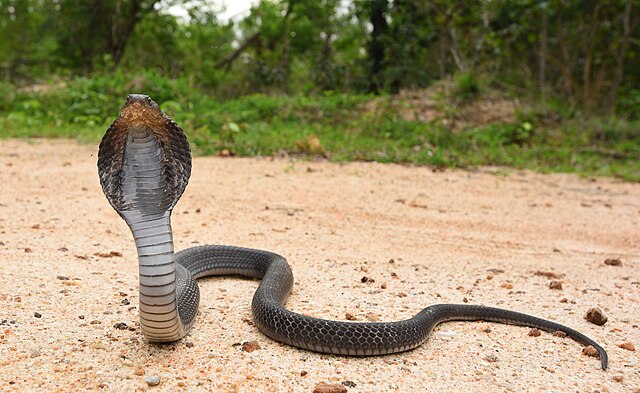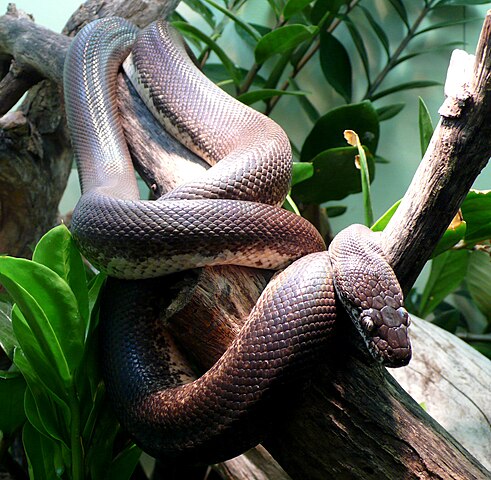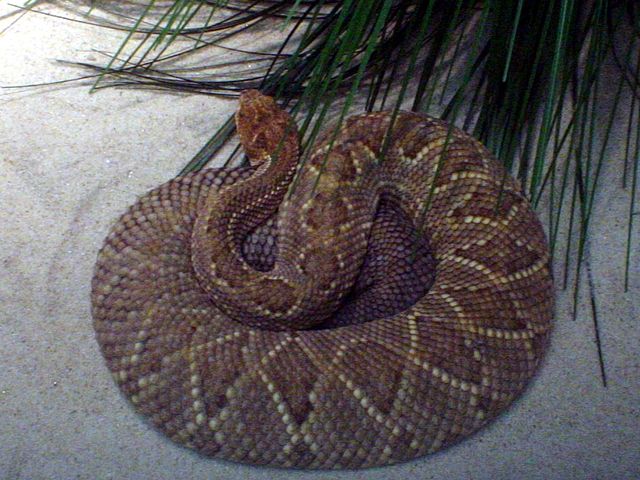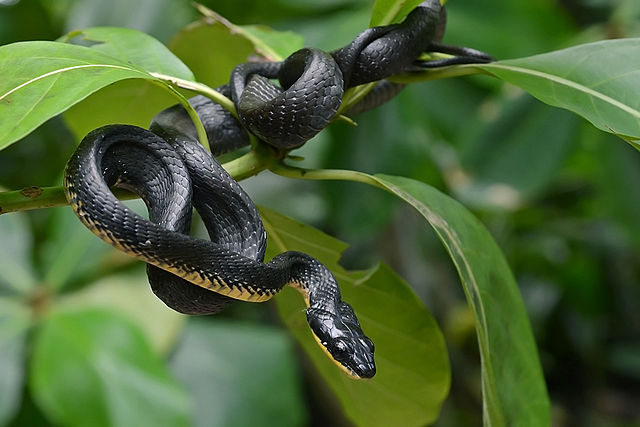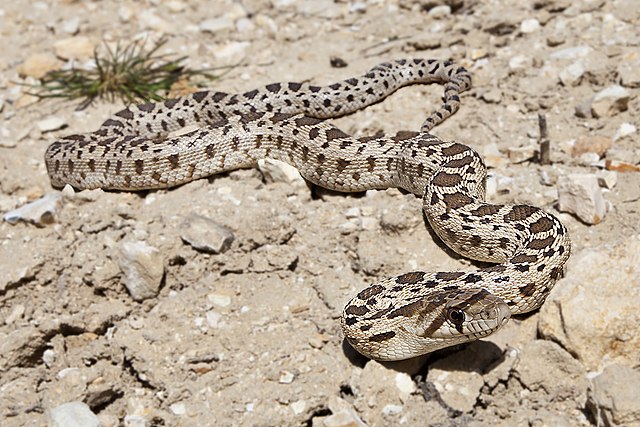We just learned about the Bushmaster.
Another snake is the Reticulated Python.
At over 21 feet long they are the longest snake and longest reptile in the world.
They are the third heaviest snake in the world, at over 165 lbs.
These snakes live in southeast Asia, and are very good swimmers.
They have even gone from island to island swimming in the ocean.
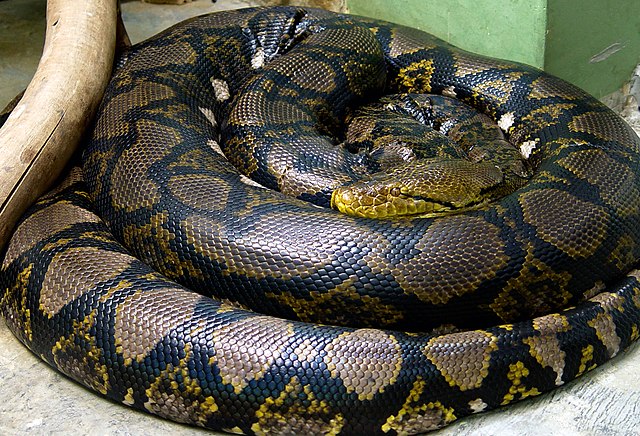
(from: wikipedia - reticulated python)
Kid Facts - Blast from the past: Great Pyrenees Mountain Dog


